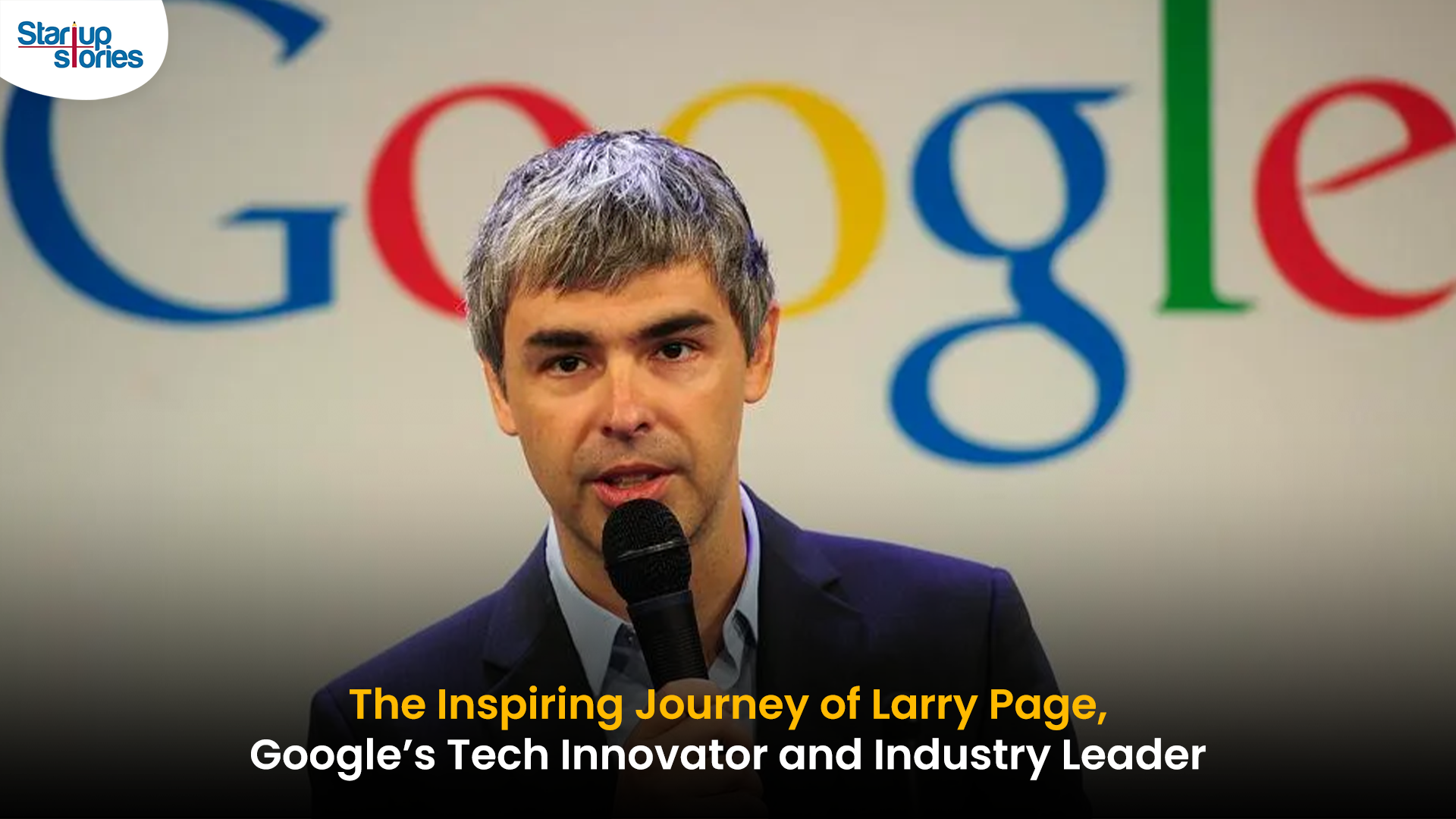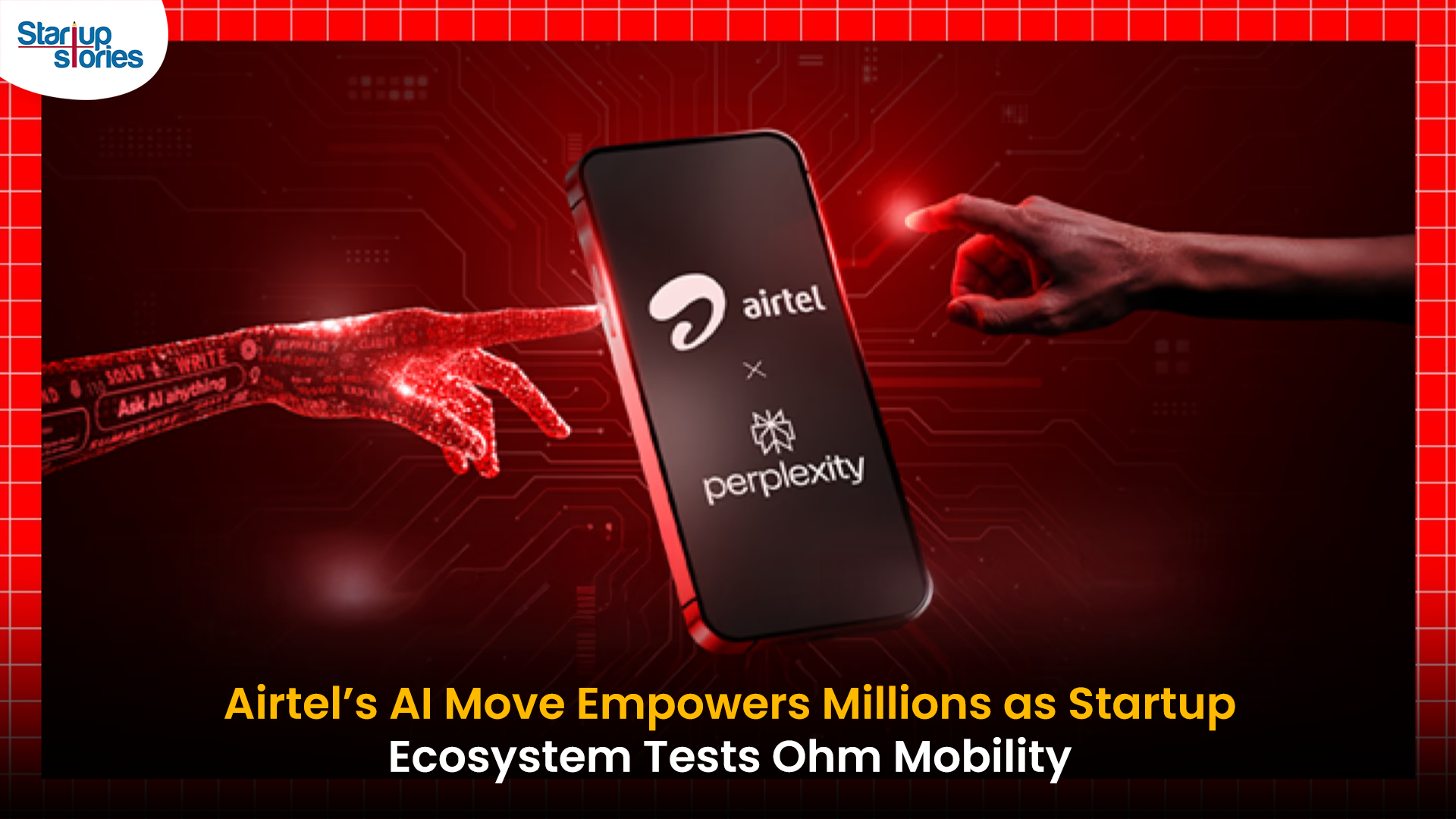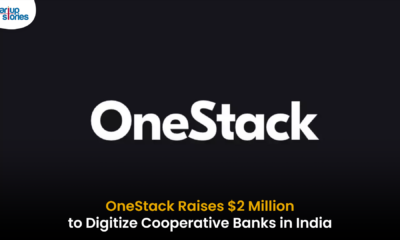Entrepreneur Stories
Products Which Crashed And Burned!

While most of us remember Neil Armstrong, the first man on the Moon, not a lot of people remember the second man. As a society made up of people who worship winners, be it with inventions or discoveries, we always celebrate the people who come in first. Despite remembering the first man who invented the telephone, or the man who discovered electricity, we seem to conveniently forget the people who failed with their products. To make your weekend entertainingly educative, we give you a list of inventions which failed to take off the right way!
1. Radioactive health products
Back in the day, when Radium was first discovered, the side effects weren’t as widely known as they are today. This particular element was considered to be a magic drug, a miracle of sorts. From healthcare products to medicines, everything was made better with Radium. In fact, drug companies went so far as to say that Radium would increase even your libido! People first started questioning this “Super Medicine” when a man used the Thor Radium powder to increase his sexual prowess. He ended up drinking not one, not two, but 1,400 bottles of the stuff. What was the drastic side effect, you ask? His jaw falling off! This was when people realised the radioactive stuff was actually more dangerous than positive for you! Oops.
2. Portable record players
Back when radio players were the deal of the century, a lot of companies tried making them portable. Which means they tried producing record players which could be used on the go. If you have ever used a record player, then you have probably already guessed the problem! Record players are fragile. You have to make sure they are kept at a steady level and not in a position where they can be knocked over. Despite record players being on a rise again, this invention is probably never going to see the light of the day. Boo.
3. Scent enhanced movies
Hans Laube, the inventor of Smell O Vision, wanted to create a new method which let theatre goers experience interesting smells while watching a movie. When it was launched in the New York, Chicago and Los Angles cinema halls in the year 1960, Laube thought this method would be used worldwide. However, it wasn’t meant to be. The scent was accompanied by a strange and ominous hissing sound as well. Furthermore, a lot of people complained saying the movie sounds and the smells were completely out of sync. Along with a similar innovation called AromaRama, Smell O Vision was swiftly abandoned and consigned to the scrap heap of history.
4. Car boats/boat cars
Boat cars, where first invented back in the 1770’s and where widely used during the Second World War. However, soon after the war ended, they were set aside for recreation. The car boats are now primarily used for water sports and as collector’s items!
5. Palm pilots
Palm pilots were the first gadgets which actually fitted in the palm of our hands. When they initially came out, they sold a million pieces in the formative year. Therefore, one would think to call this particular invention a failure, would not be fair. However, when Microsoft rescued Apple with a $ 150 million investment, the iPods and iPhones of the world took over, making the palm pilots obsolete!
With every great invention being recognised and revisited, we thought it was only fair the not so greats were remembered with respect as well! if you happen to remember who the second man on the Moon was, or who the first or second Indian cosmonaut was, then comment and let us know!
Entrepreneur Stories
Indian Man Quits JPMorgan, Takes 70% Pay Cut to Launch $6 Million Startup

Leaving behind a high-paying job at JPMorgan, an Indian entrepreneur embraced a 70% salary cut to pursue true purpose and passion in the startup world. Disenchanted with what he described as a “robotic” corporate routine, he sought meaningful work that made a real impact. This pivotal decision marked the beginning of his new journey, one focused on value creation rather than titles and corporate perks.
Powered by resilience and fresh perspective, the entrepreneur launched his own startup, prioritizing innovation and hands-on solutions. The road was challenging, but his vision resonated with the market: the startup quickly gained traction and raised $6 million—an impressive acknowledgement of its potential in a competitive landscape. Every hard lesson from early setbacks and bootstrapping paid off in real customer growth and investor confidence.
Today, his journey stands as an inspiring example for professionals seeking authentic success outside the corporate grind. By trading comfort for creative freedom, he grew a venture that solves important problems, generates jobs, and builds wealth beyond just salary. For ambitious founders, his story highlights the power of risk-taking, adaptability, and relentless focus on impact in India’s thriving startup ecosystem.
Videos
Larry Page: The Visionary Co-Founder Behind Google’s Global Success

Larry Page is a visionary technology entrepreneur and co-founder of Google, one of the world’s most influential companies. Born in 1973 in Michigan, Page grew up surrounded by computer technology, which inspired his passion for innovation from an early age. He studied computer engineering at the University of Michigan and later pursued his PhD at Stanford University, where he developed the revolutionary PageRank algorithm with Sergey Brin. This technology fundamentally changed the way search engines rank websites, making Google the most accurate and popular search engine globally.
The journey of Larry Page and Google began in 1998 when they officially launched the search engine from a small garage. Leveraging their unique algorithm, Google quickly surpassed competitors due to its ability to deliver highly relevant search results, transforming internet search forever. Under Larry Page’s leadership as CEO, Google expanded beyond search to launch groundbreaking products including YouTube, Gmail, and Google Maps, turning it into a global tech powerhouse that shapes how we access and interact with information online.
Larry Page later became the CEO of Google’s parent company, Alphabet Inc., driving innovation and investment in next-generation technologies such as artificial intelligence, autonomous vehicles, and healthcare solutions. His visionary leadership and commitment to technological advancement have cemented his legacy as one of the most influential figures in the tech industry. Today, Larry Page remains a key influencer in shaping the future of technology and digital innovation worldwide.
Entrepreneur Stories
India’s Tech Story: Airtel Spreads AI Access, Ohm Mobility Lessons

Bharti Airtel has launched the innovative “Airtel-Perplexity Blueprint,” partnering with Perplexity to provide over 360 million customers free access to Perplexity Pro for a year—a benefit valued at ₹17,000 ($200). This collaboration enables Airtel users across mobile, broadband, and digital TV to harness advanced capabilities in generative AI, including leading AI models like GPT 4.1, Claude, and Gemini, along with up to 300 Pro searches daily, image generation, document analysis, and personalized planning services. The move is seen as a milestone for telecom innovation and the democratization of AI in India, making powerful research and productivity tools accessible to a massive user base.
This strategic partnership positions Airtel as an “AI-first” telecom provider, allowing it to gain key insights into user interactions with artificial intelligence and adapt its networks for growing digital demands. For Perplexity, the tie-up grants exclusive access to India’s vast telecom audience, rapidly propelling the app to the No. 1 spot on the Indian App Store, surpassing global competitors like ChatGPT and Google Gemini. Airtel customers can activate their complimentary subscription seamlessly through the Airtel Thanks App, under the Rewards and OTTs section, reinforcing Airtel’s commitment to digital customer empowerment.
The broader Indian startup ecosystem reflects both breakthrough innovation and hard-earned lessons, illustrated by the recent shutdown of Ohm Mobility, an EV financing startup. Despite multiple pivots and industry-leading investors, Ohm Mobility struggled to achieve a sustainable business model—a reminder of the challenges in market fit and adaptability. As AI adoption accelerates and startup realities evolve, industry leaders like Airtel and Perplexity are setting new standards, while others, like Ohm Mobility, offer valuable insights on resilience and the importance of business model flexibility in India’s dynamic tech landscape.














Central Coast Bathroom Renovations
September 9, 2025 at 5:00 pm
Very nice post. I simply stumbled upon your weblog and wanted to mention that I’ve truly enjoyed browsing your blog posts. After all I?ll be subscribing in your rss feed and I hope you write once more very soon!
mercedes carplay
September 25, 2025 at 8:22 pm
This article is a breath of fresh air! The author’s unique perspective and thoughtful analysis have made this a truly fascinating read. I’m thankful for the effort she has put into crafting such an informative and provocative piece. Thank you, author, for sharing your knowledge and igniting meaningful discussions through your brilliant writing!
this link
September 27, 2025 at 4:12 pm
Hello there, I found your web site via Google while searching for a related topic, your site came up, it looks great. I’ve bookmarked it in my google bookmarks.
lüks gayrimenkul
October 9, 2025 at 9:41 pm
One thing I want to touch upon is that weightloss routine fast can be carried out by the perfect diet and exercise. A person’s size not only affects appearance, but also the entire quality of life. Self-esteem, depressive disorder, health risks, in addition to physical skills are disturbed in fat gain. It is possible to just make everything right and still gain. If this happens, a problem may be the culprit. While a lot food instead of enough work out are usually at fault, common health conditions and widely used prescriptions can easily greatly enhance size. Thanks for your post here.
gübre
October 9, 2025 at 10:01 pm
I do agree with all the ideas you have presented in your post. They are very convincing and will certainly work. Still, the posts are too short for beginners. Could you please extend them a bit from next time? Thanks for the post.
save max auto insurance
October 11, 2025 at 3:10 pm
Youre so cool! I dont suppose Ive learn anything like this before. So nice to seek out any individual with some original thoughts on this subject. realy thank you for starting this up. this website is something that is wanted on the internet, somebody with slightly originality. useful job for bringing one thing new to the web!
cheap video chat
October 13, 2025 at 8:48 am
Good post. I study one thing more difficult on completely different blogs everyday. It would always be stimulating to read content from other writers and apply a bit one thing from their store. I?d favor to make use of some with the content on my weblog whether you don?t mind. Natually I?ll offer you a hyperlink on your internet blog. Thanks for sharing.
เย็ดหีลูกเจ้านาย มีผัวแ
October 17, 2025 at 9:53 am
you’ve a fantastic weblog here! would you prefer to make some invite posts on my weblog?
หีสาวนักศึกษาที่สวยงาม 3
October 18, 2025 at 10:06 pm
Heya i?m for the first time here. I found this board and I find It really useful & it helped me out much. I hope to give something back and aid others like you aided me.
afro hair transplant turkey
October 20, 2025 at 7:12 pm
What an informative and well-researched article! The author’s meticulousness and capability to present intricate ideas in a comprehensible manner is truly admirable. I’m extremely impressed by the breadth of knowledge showcased in this piece. Thank you, author, for providing your expertise with us. This article has been a game-changer!
ZipSprout
October 31, 2025 at 9:22 pm
Thanks for the unique tips shared on this website. I have noticed that many insurance agencies offer shoppers generous deals if they elect to insure a few cars together. A significant volume of households have several motor vehicles these days, specifically those with more aged teenage young children still located at home, and also the savings in policies could soon mount up. So it is a good idea to look for a bargain.
hair transplant turkey
November 3, 2025 at 1:31 pm
Appreciating the dedication you put into your website and detailed information you offer. It’s good to come across a blog every once in a while that isn’t the same out of date rehashed information. Fantastic read! I’ve bookmarked your site and I’m adding your RSS feeds to my Google account.
iwin
November 6, 2025 at 5:22 pm
iwin – nền tảng game bài đổi thưởng uy tín, nơi bạn có thể thử vận may và tận hưởng nhiều tựa game hấp
站群程序
November 7, 2025 at 11:29 pm
搭载智能站群程序,自动化搭建与管理,为SEO项目提供核心驱动力。站群程序
MM88
November 8, 2025 at 7:26 am
Với giao diện mượt mà và ưu đãi hấp dẫn, MM88 là lựa chọn lý tưởng cho các tín đồ giải trí trực tuyến.
站群程序
November 8, 2025 at 12:59 pm
搭载智能站群程序,自动化搭建与管理,为SEO项目提供核心驱动力。站群程序
Kuwin
November 13, 2025 at 4:52 pm
kuwin sở hữu kho game đa dạng từ slot đến trò chơi bài đổi thưởng, mang đến cho bạn những giây phút giải trí tuyệt vời.
ios超级签
November 14, 2025 at 9:49 am
苹果签名,苹果超级签平台,ios超级签平台ios超级签苹果企业签,苹果超级签,稳定超级签名
MM88
November 15, 2025 at 8:48 am
Khám phá thế giới giải trí trực tuyến đỉnh cao tại MM88, nơi mang đến những trải nghiệm cá cược thể thao và casino sống động.
창문시트지
November 19, 2025 at 7:44 am
Great work! This is the kind of info that are meant to be shared across
the net. Shame on Google for now not positioning this submit upper!
Come on over and seek advice from my site .
Thank you =)
J88
November 20, 2025 at 11:17 pm
Đến với J88, bạn sẽ được trải nghiệm dịch vụ cá cược chuyên nghiệp cùng hàng ngàn sự kiện khuyến mãi độc quyền.
剧院魅影
November 25, 2025 at 11:52 am
The depth of research and clarity of presentation in this post is truly exceptional.